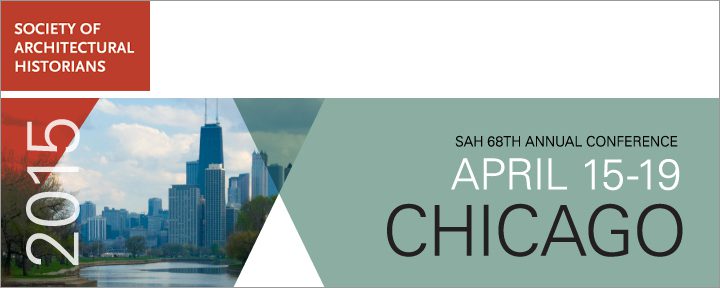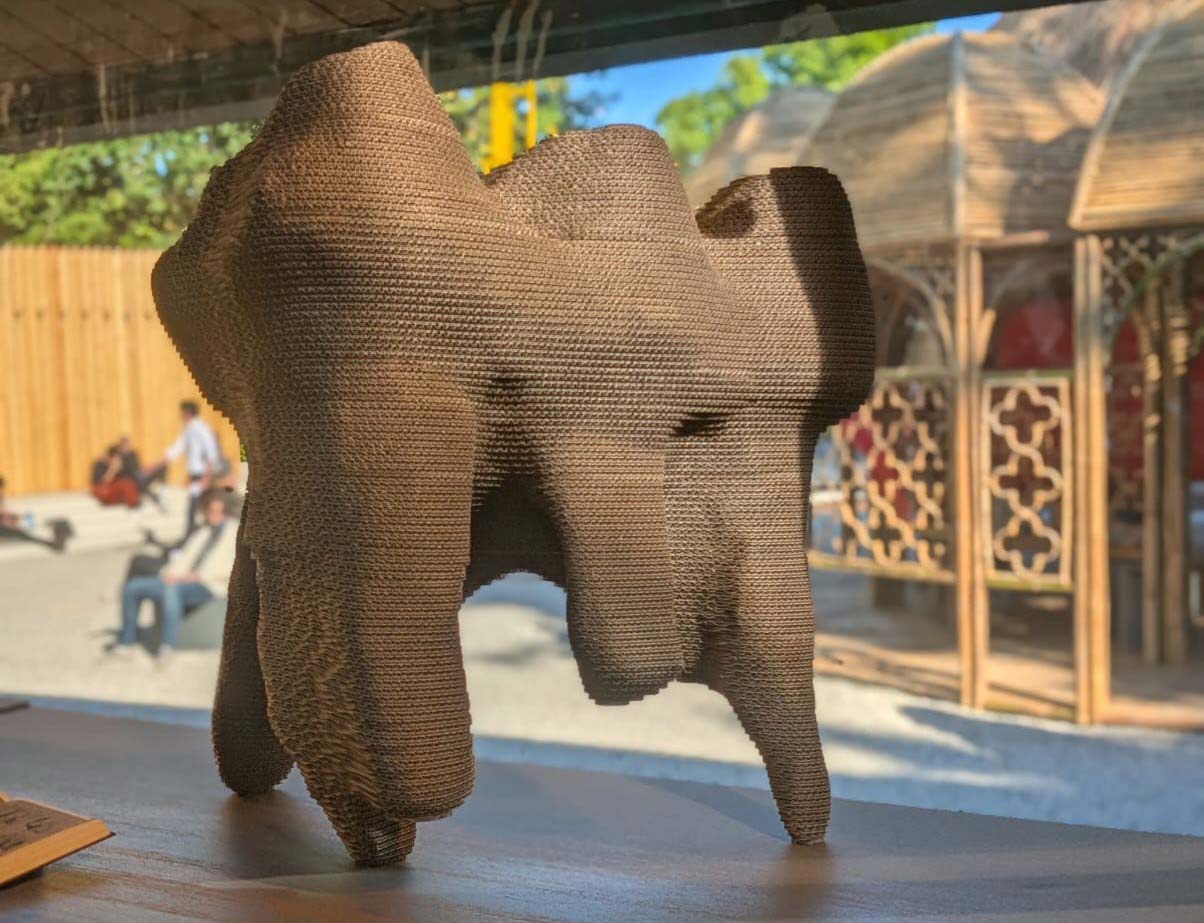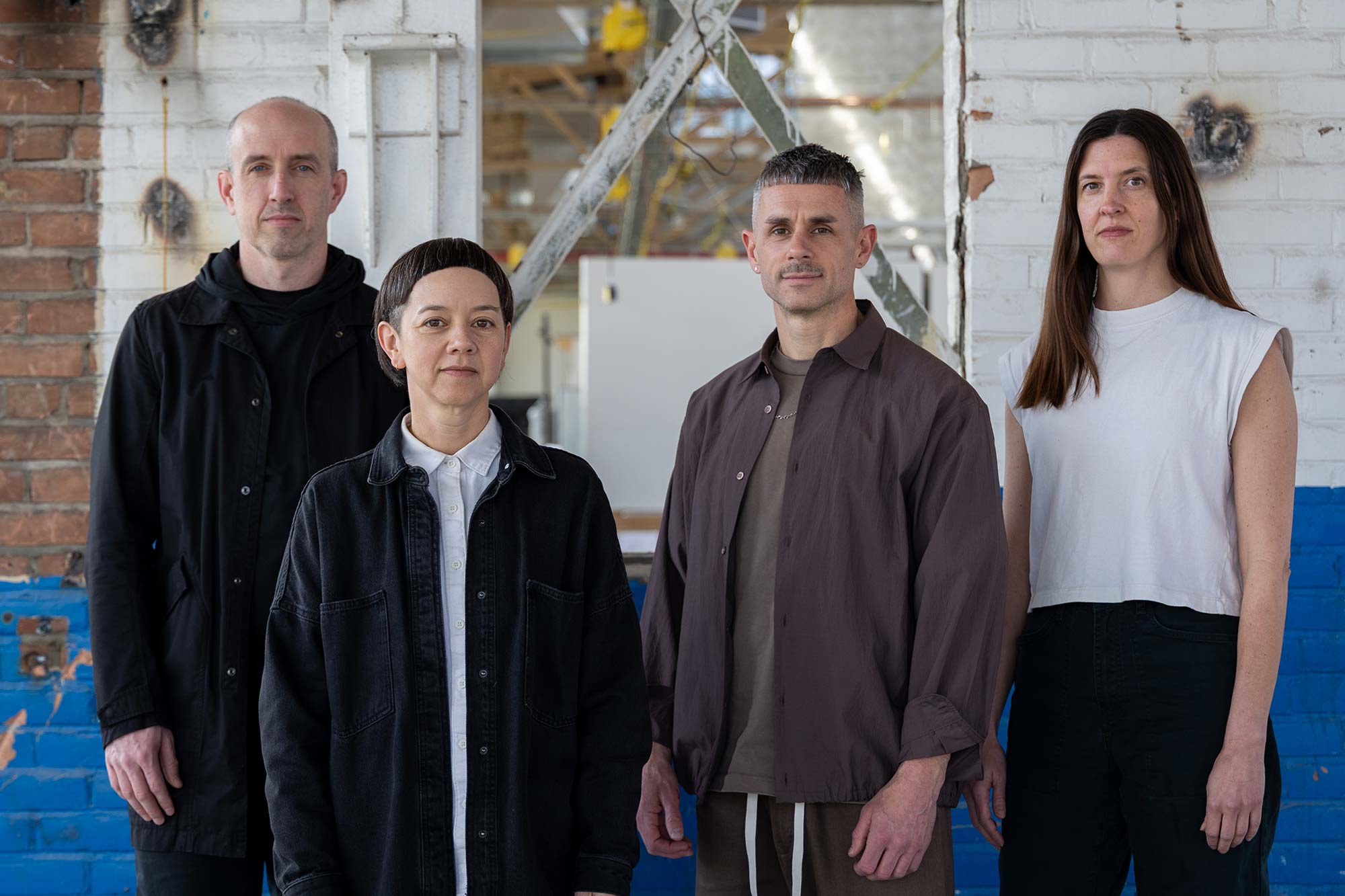
Abrahamson presents 'A Brutal Context' at the Society of Architectural Historians Conference
Abrahamson presents ‘A Brutal Context’ at the Society of Architectural Historians Conference
Michael Abrahamson, an architecture PhD candidate focusing on History and Theory, will present at the 68th Annual Society of Architectural Historians (SAH) conference in Chicago, IL. The paper presentation, titled, “A Brutal Context: Gunnar Birkerts at Tougaloo College, 1965-1972,” will be delivered to conference attendees on Thursday, April 16 as part of the Brutalism in the Americas: North-South Connections paper sessions track.

The abstract for the paper presentation reads as follows:
In 1965, Gunnar Birkerts prepared a master plan for Tougaloo College, a small, private, historically black college outside Jackson, Mississippi. His designs for Tougaloo carried the burden of battling racial inequality, and present an opportunity to investigate the role that architecture played – as instigator, impediment or otherwise – in the US Civil Rights Movement. Were Brutalist architects in the US really as apolitical as they have been made to seem in comparison to their South American contemporaries?
One of numerous “megastructures” designed for rapidly expanding academic campuses during the 1960s, Birkerts’s ambitious and aggressive plan made use of a striated, linear organization centering on an open plaza. The seemingly defensive posture revealed in this master plan responded not only to Brutalist imperatives toward material honesty and formal expressiveness but also to physical and political threats to the campus stoked by racial prejudice in Jim Crow-era Mississippi, threats that had also driven the college’s moderate administration away from activism. In the early 1960s, Tougaloo had served as a citadel of sorts for activists advocating nonviolent direct action, but a turnover of the college presidency had very quickly diminished its stake in the movement, redoubling instead its efforts to provide basic liberal arts education for rural African-American Mississippians.
In response to the college’s ambitions and the site’s difficult “Yazoo Clay” soil, Birkerts deployed an industrialized construction method and caisson foundations, resulting in a structurally exhibitionist architecture dramatically suspended in air and reminiscent of infrastructure. This paper proposes that the Brutalist aesthetics of these designs arose not only from predispositions on the part of the architect, but also in response to the contingencies of a supremely difficult sociocultural context. Despite aesthetic and maintenance difficulties, his buildings at Tougaloo should be seen as an important document of Civil Rights heritage.
For more information on the conference visit the Society of Architectural Hisotrians website.









